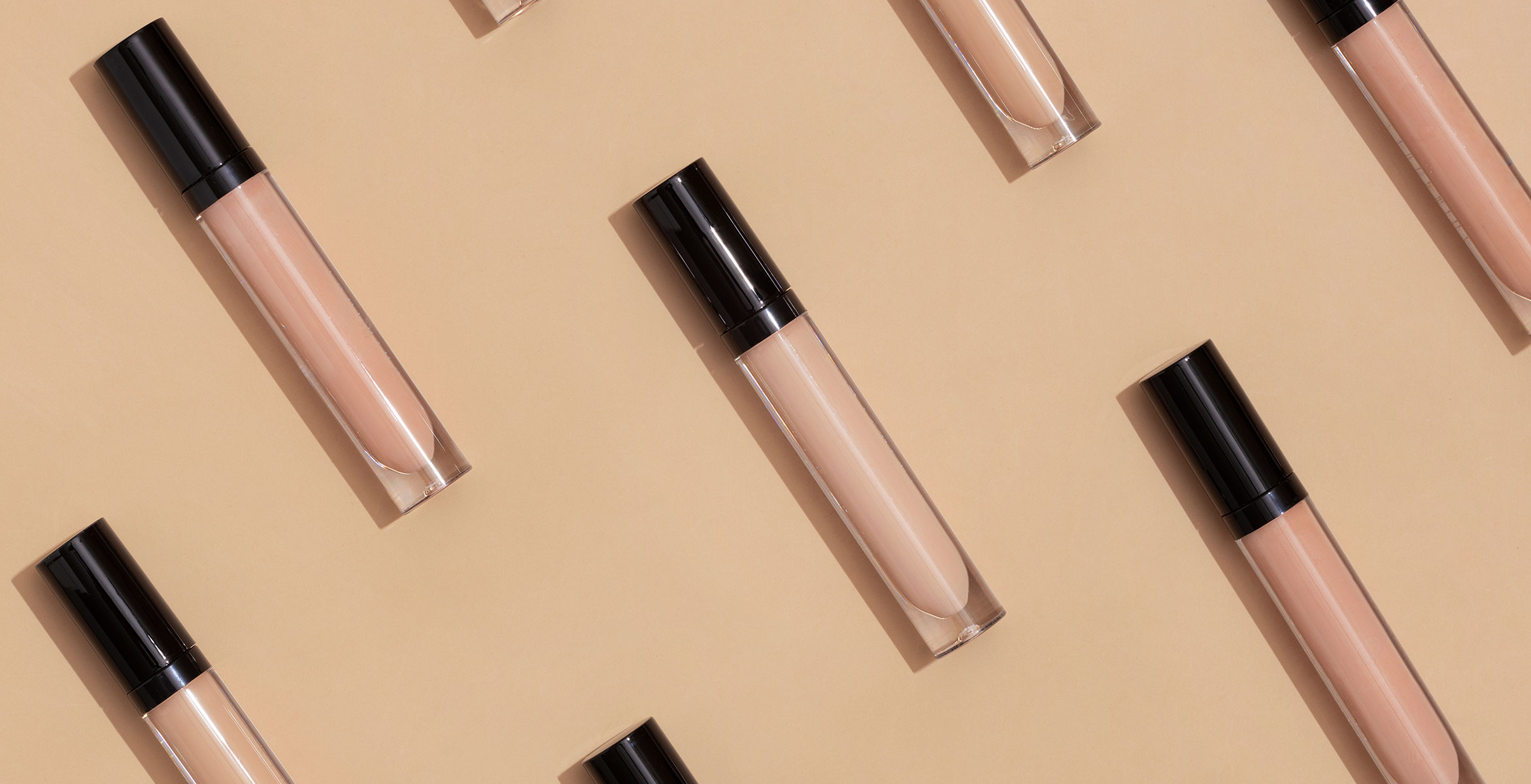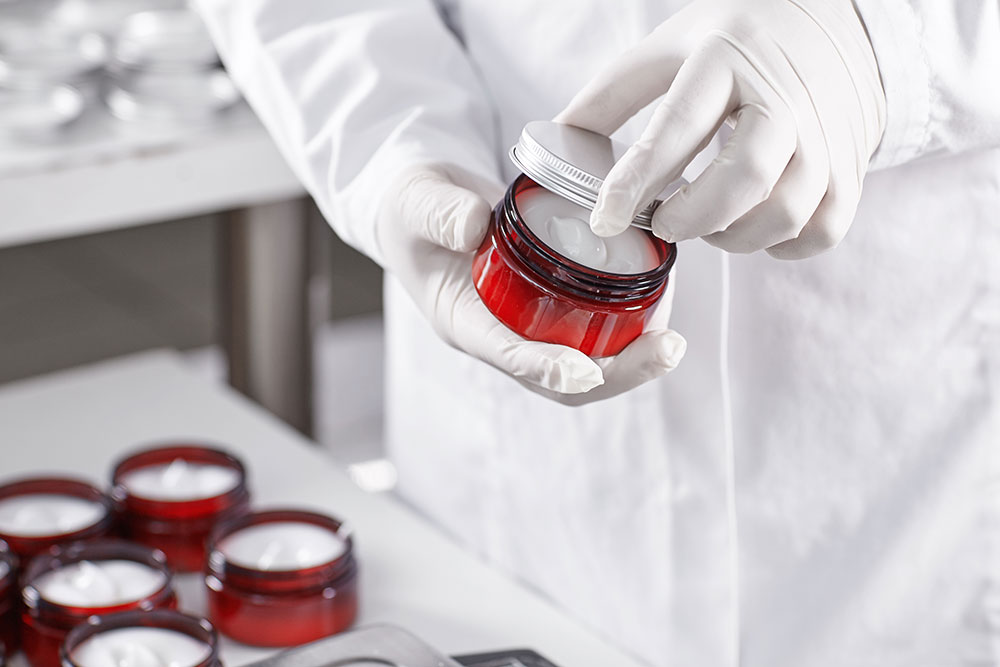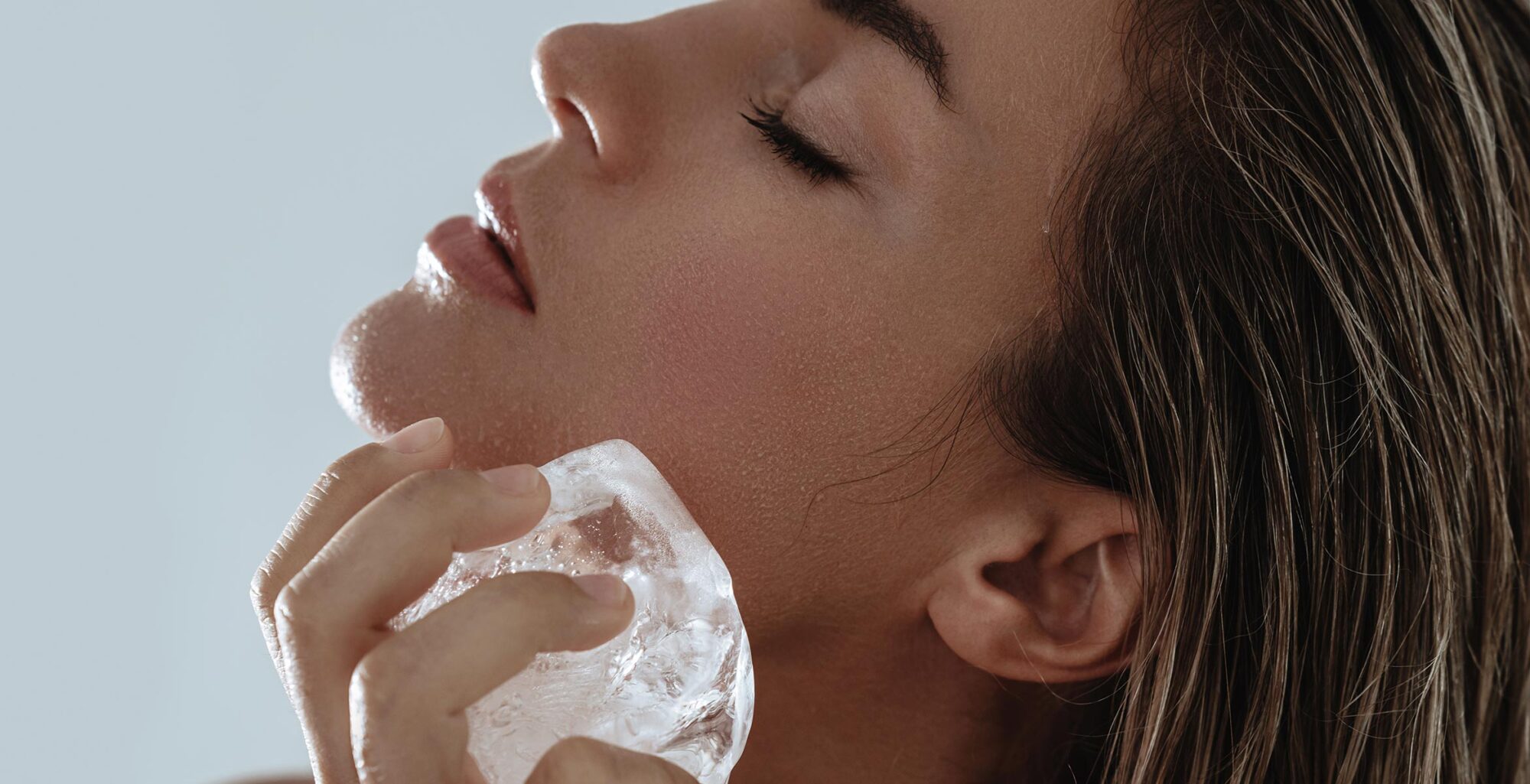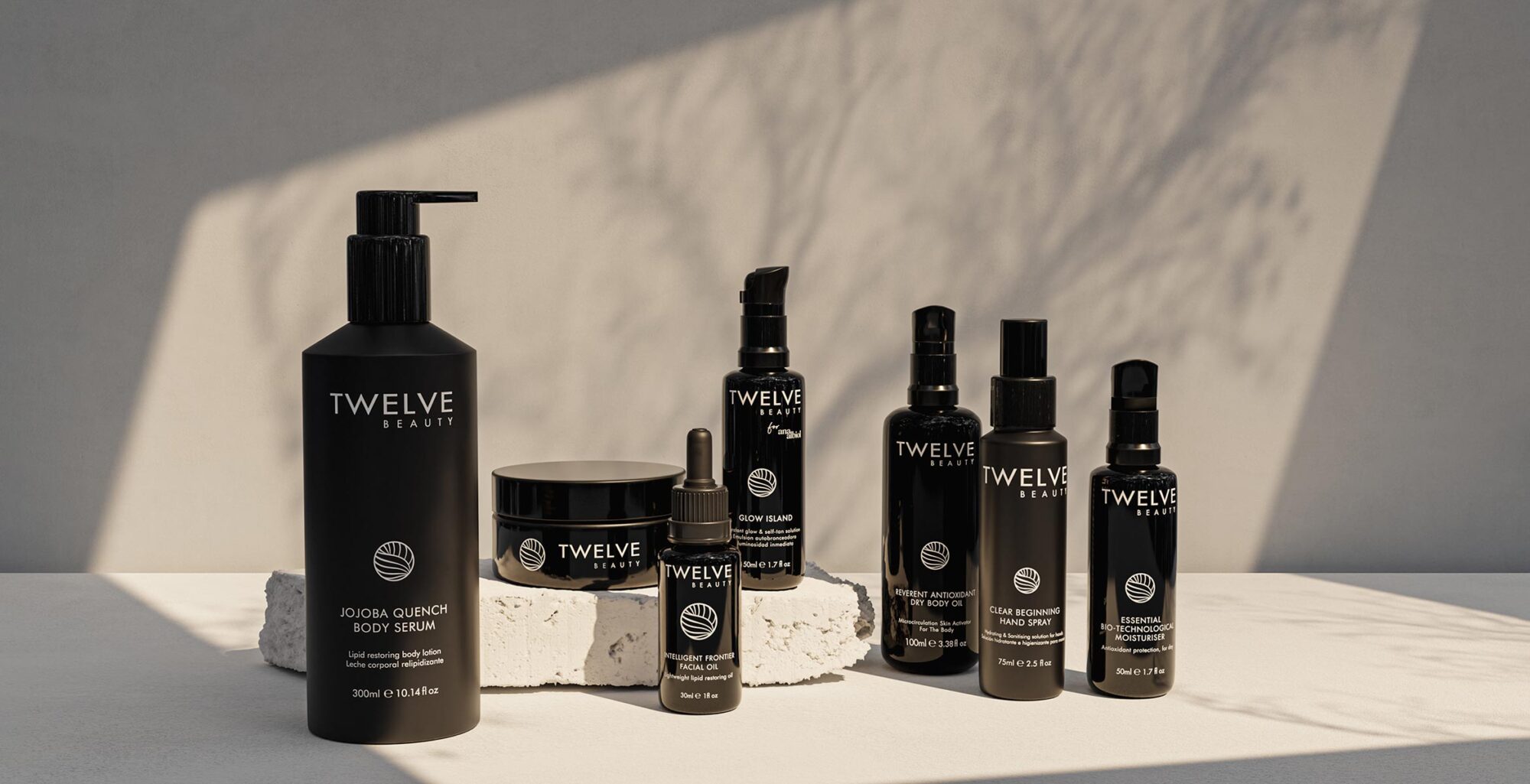The Impact of Skincare Dupes on Your Skin Health: What They Don’t Tell You

With budget-friendly skincare options flooding the market and the cost of everyday essentials rising, it’s tempting to ask: Are skincare dupes worth it? Can you truly achieve the same results for less, or is there a hidden cost to choosing cheaper alternatives?
As a formulator with a PhD in Natural Product Formulation, a Master’s in Botany, and a pharmacy degree, I understand the science behind skincare dupes. My goal isn’t to discredit affordable options but to provide insights that help you make informed decisions. Here’s a breakdown of what you need to know about them and their potential drawbacks.
1. Ingredient Quality Matters
One of the biggest differences between luxury skincare and skincare dupes is ingredient quality. While the ingredient lists may appear identical, the raw materials used can vary significantly in purity and efficacy.
For example, niacinamide is a popular ingredient in both high-end and budget-friendly formulations. However, purer forms of niacinamide are costly to source and manufacture. Cheaper alternatives may contain nicotinic acid residues, which can trigger flushing and irritation in sensitive skin.
Similarly, mass-produced oils often contain impurities that accelerate oxidation, reducing their effectiveness and increasing the likelihood of irritation. In contrast, premium skincare brands invest in high-quality plant-based oils and antioxidants, ensuring better skin compatibility and long-term benefits.
Another factor to consider is ingredient concentration. High-end formulations often contain clinically tested concentrations of actives, whereas some skincare dupes dilute these ingredients to keep costs low. This means you may not get the same results from a dupe, even if the ingredients seem similar on the label.

2. Short-Term Savings vs. Long-Term Costs
Skincare dupes might seem like a cost-effective choice initially, but their long-term impact on your skin (and wallet) may tell a different story.
Imagine purchasing an inexpensive moisturiser that fails to provide adequate hydration. You might then need to buy an additional serum, a toner, or even switch to a different product altogether—ultimately spending more than if you had invested in a high-performance formula from the outset.
Another example is sunscreen. Many affordable sunscreens do not undergo the same level of rigorous testing as high-end brands. This can result in less reliable SPF protection, meaning you may not be safeguarding your skin against UV damage as effectively as you think.
Premium skincare brands often justify their price point with a higher concentration of active ingredients, ensuring you get the results you expect with fewer products. Investing in one well-formulated product can be more cost-effective than layering multiple ineffective skincare dupes.
3. Environmental & Packaging Concerns
Another overlooked factor is the environmental impact of skincare dupes. Many budget brands use non-recyclable packaging and source ingredients that are less sustainable. Inexpensive formulations may rely on synthetic fillers and microplastics, contributing to pollution and long-term ecological harm.
I once encountered an issue while formulating a mascara for a third party during my PhD. Despite rigorous safety testing of the formula, consumers reported eye irritation. The culprit? A contaminated, low-cost applicator chosen by the company to cut costs. The brand had to recall the product, suffering financial and reputational damage. This experience reinforced how seemingly small compromises in quality can have significant consequences.
Beyond packaging, the sourcing of ingredients also matters. Ethical skincare brands prioritise fair trade, organic farming, and sustainable harvesting methods. In contrast, some skincare dupes rely on synthetic alternatives or ingredients that contribute to deforestation and environmental degradation.

4. Skin Health Risks
Skincare dupes may not always consider the needs of sensitive or reactive skin. Formulas that include high concentrations of alcohol, synthetic fragrances, or harsh exfoliants can disrupt the skin barrier, leading to irritation and dehydration.
A recent case involved a budget exfoliator containing both physical exfoliants and high-strength acids. This combination led to micro-tears in the skin, making it more vulnerable to sun damage and irritation. Skincare should support and strengthen the skin—not weaken it.
Additionally, some low-cost brands use preservatives that are more likely to cause irritation. While preservatives are necessary to prevent microbial growth, the quality and type used in high-end products tend to be gentler on the skin.
5. The Psychological Factor: Perceived Value
When a product is cheap, there’s often an unconscious bias that it’s less valuable or effective. As a result, many consumers do not use skincare dupes consistently or follow proper application instructions, reducing their effectiveness.
In contrast, when people invest in a high-quality skincare product, they tend to use it more diligently, leading to better results. Consistency is key in skincare, particularly when addressing concerns like hyperpigmentation, fine lines, or dehydration.
There’s also the issue of overuse. Because skincare dupes are cheaper, people may apply excessive amounts, thinking more is better. However, skincare is about balance—too much of an active ingredient can lead to irritation, while too little won’t deliver the desired results.

6. Understanding Formulation Science
Formulating skincare isn’t just about mixing ingredients together; it’s a precise science that requires extensive research and development. High-end brands invest in clinical testing, stability studies, and innovative delivery systems that ensure ingredients penetrate the skin effectively.
Skincare dupes, on the other hand, often lack the same level of research. While they may include popular ingredients like hyaluronic acid or vitamin C, the delivery mechanisms might not allow these actives to work as effectively. This means you may not be getting the full benefit of the ingredients, even if they are present in the formula.
Moreover, patented technologies in luxury skincare brands can make a significant difference. Some premium formulations include encapsulated retinol, time-release vitamin C, or bio-fermented extracts that enhance skin absorption and efficacy. Skincare dupes rarely incorporate such innovations, which is why results can vary so drastically.
Final Thoughts: Are Skincare Dupes Worth It?
While skincare dupes can offer an accessible entry point to certain ingredients, they often come with trade-offs in formulation quality, sustainability, and long-term skin health. Investing in well-formulated skincare doesn’t just ensure better results—it can save you from unnecessary expenses, irritation, and disappointment in the long run.
Before opting for a dupe, consider the bigger picture: Does it truly provide the same benefits? Is it formulated with the same level of expertise? Skincare is an investment, and sometimes, spending a little more upfront ensures healthier, happier skin for years to come.
If you’re looking for cost-effective skincare, opt for brands that prioritise transparency in their formulations and ingredient sourcing. Not all budget-friendly options are bad—some emerging indie brands offer incredible quality at fair prices. The key is to research ingredients, formulation practices, and consumer reviews before making a purchase.
Ultimately, your skin deserves the best care possible, and choosing wisely now can lead to a lifetime of healthier skin.











